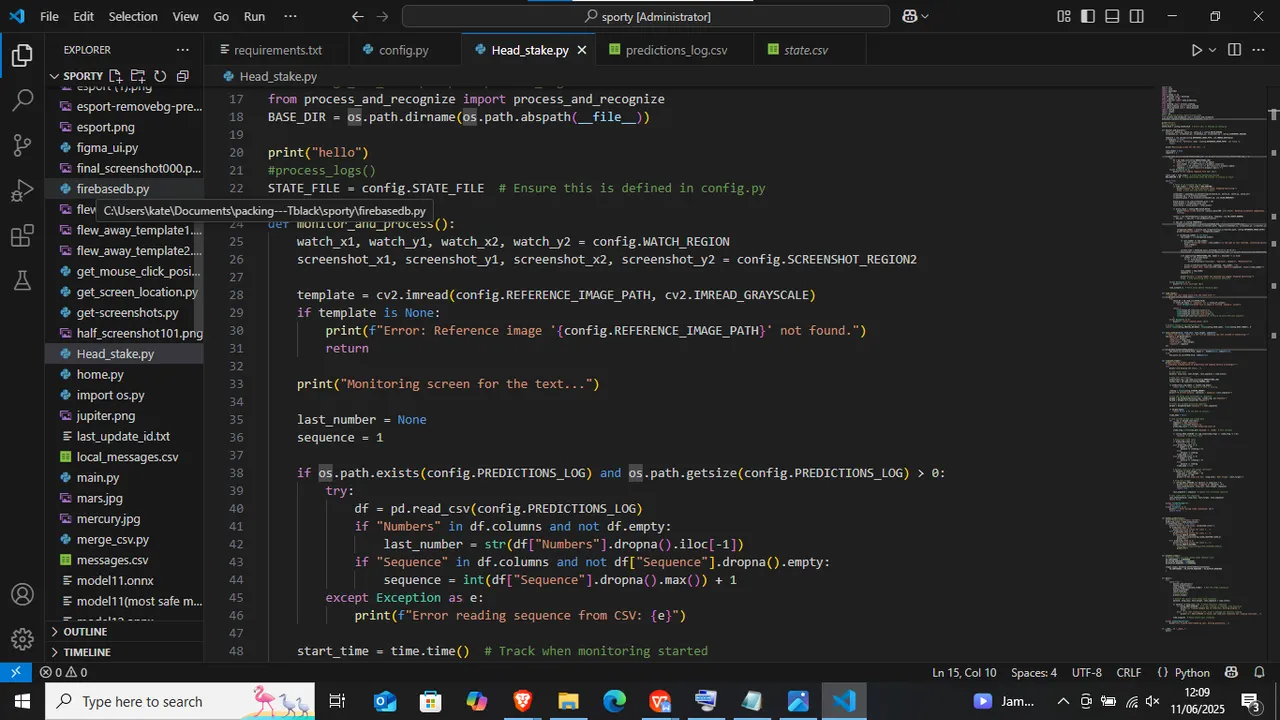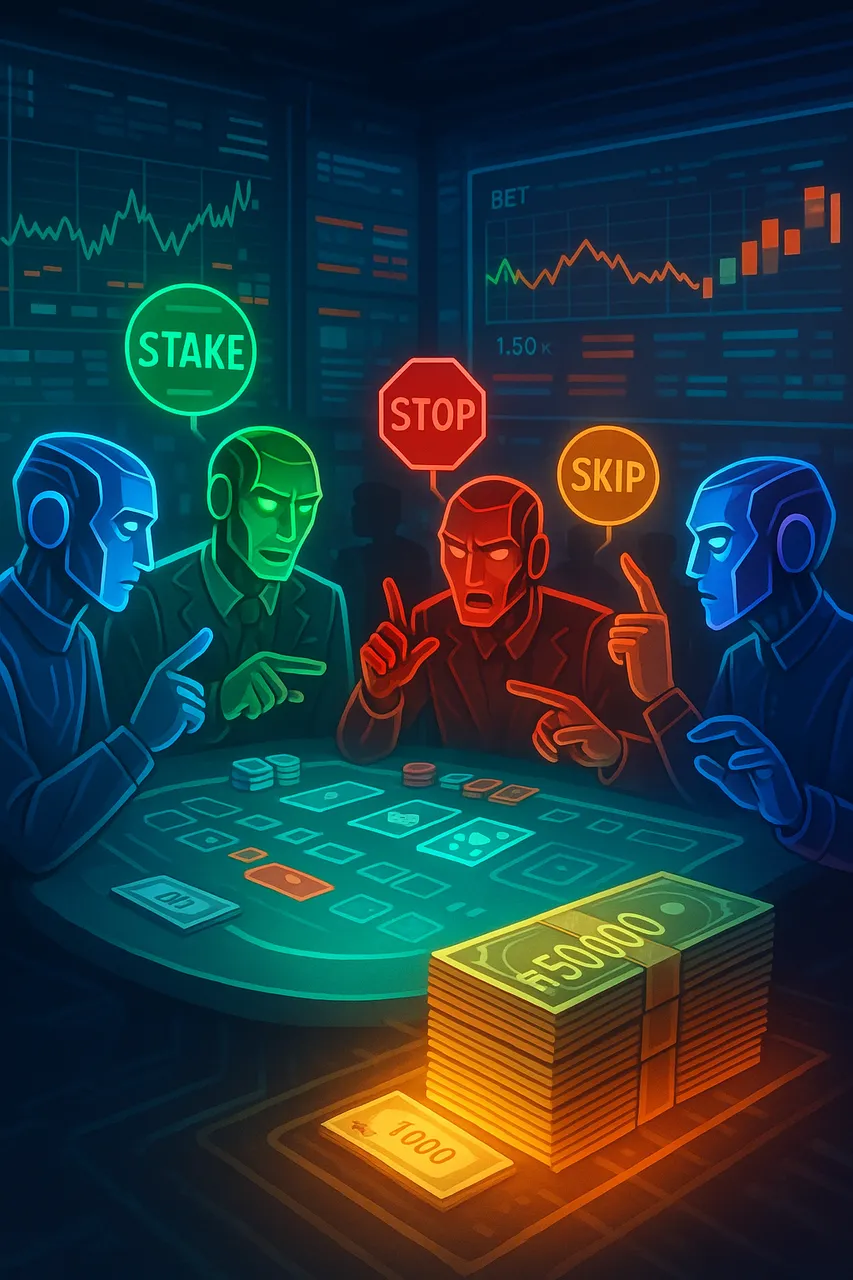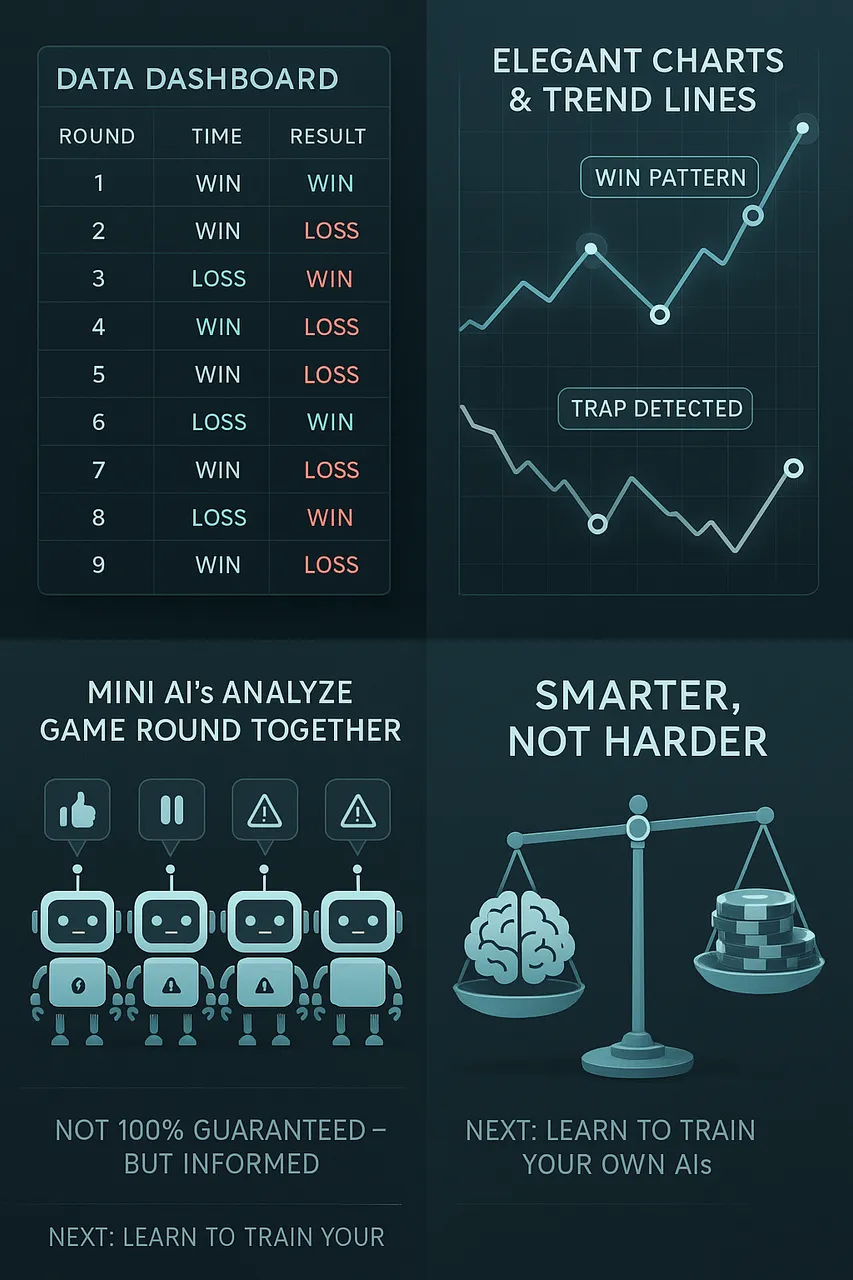"Edited version posted here by request of the community, with improved formatting and added insights. Thanks to the Hive fam for the feedback!"
It all started like most “side quests” do in a WhatsApp group chat.
A friend wouldn’t stop going on about _SportyBet’s Superhero Bet_ feature. He kept bragging about how he made cool money from just a tiny stake. I was skeptical... but curiosity won.
I decided to give it a shot with just ₦200 , and boom I made about ₦1,000 in one round. The dopamine hit was real. I felt like I had cracked the code.
**But of course, like every great gambler’s origin story, it went downhill from there.**
I kept staking, trying to “ride the wave,” and in no time, my balance danced right back to ₦200. 😅

That moment was hilarious and humbling at the same time.
But it also got me thinking...
Every System Has a Logic. Even a Casino.
I'm a data analyst by profession, and if there’s one thing I’ve learned, it's this:
“Every structure no matter how chaotic it seems has a core logic behind it.”
So I paused my emotional rollercoaster and asked:
**What’s really going on under the hood of a game like this?**
Casino-like games whether physical or digital operate on a kind of **raffle logic**. A huge number of players stake, and only a few are selected as winners. It’s the only way the system can stay profitable.
If too many people win, the house goes broke. So, there’s always an invisible balance being maintained.

Sometimes they tweak the system. They might:
- Do giveaways to draw attention.
- Let more people win occasionally to hook them emotionally.
- Reward early users more than new ones (sound familiar, crypto fans?).
Still, the core principle remains:
**Most lose so a few can win and the house always wins in the long run.**
How I Started Thinking Like a Casino Engineer
That thought gave me a wild idea:
“What if I could model this system using code and build something smarter... maybe even predictive?”
So I sat down, opened a notebook, and began breaking the system down just like how traders analyze Forex or Crypto charts before making a move.

Because at its core, this casino game was no different from the financial markets. Just flashier and more emotionally charged.
Here’s What I Observed (aka Traps You Don’t See Until It’s Too Late):

1. **Emotional Attachment Is a Weapon**
The longer you _watch_ the game, the more likely you are to jump in. You see a streak of wins and think,
_"Just one more round..."_
But what you don’t realize is: the system is designed to _let you win just enough to keep chasing_. Classic bait.
2. **Humans Can’t See Patterns at Scale**
To really understand the rhythm of the game, you’d need to analyze **thousands** of past results. No human has the time or cognitive space for that.
But guess what does?
**An AI. Or better yet, multiple AIs.**
3. **The "Almost Win" Illusion**
This one’s brutal. You lose by just one spot or one second. And that tiny loss feels like a sign you’re _close_.
So you stake again. And again. It’s psychological manipulation at its finest. Forex and crypto traders call this **“false confirmation.”**
4. **The "Delayed Loss" Strategy**
Sometimes you win three times in a row, and you start thinking, _**“Maybe I’ve cracked it.”**_
But the system is _feeding you wins_ to build confidence so your next loss _hurts more_ because you’re betting bigger.
It’s like the market pump before a rug-pull. The house loves it when you "win just enough to believe."
5. **Fear of Missing Out (FOMO)**
You see others “winning big” (or at least claiming they are), and suddenly you feel left behind.
This is the same trick that drives people into buying crypto at the top or trading forex during a fake breakout.
The casino game doesn't just play on luck it plays on **you**.
6. **Randomness Disguised as Strategy**
The biggest trap? You start believing there’s a “system” you can beat manually.
But in reality, it’s **controlled randomness** designed to feel just predictable enough to make you think you're smart, while actually keeping you inside a loop of controlled losses.
So yeah... once I saw all these traps, I knew I had two choices:
- Keep playing and eventually lose it all.
- Or flip the script and **build a machine** that could see what I couldn’t.
And that’s how I started working on a tool that **analyzes game patterns, detects streak traps, and automates staking based on AI predictions**.
🤖 Building a Machine to Outsmart the Trap
At this point, I had only one goal:
Build a script **a machine** that could see what I couldn’t.

Now, let’s be real for a second.
I knew from the jump:
**There’s no legal way to “beat” a casino system.**
The house always wins. That’s the rule. The best I could hope for was to reduce how often I lost maybe by 50% which, believe it or not, would already be a massive edge in a system designed to drain you.
That became my mission:
Not to break the game… but to bend the odds _just enough_ in my favor.
Step One: Get the Data
You can't outsmart a system you don’t understand. And understanding starts with **data** lots of it.
I wasn’t trying to copy and paste a few results.
I needed to **analyze at least 1,000 past game rounds**, to spot trends, patterns, and trap triggers.
But guess what?
🧱 The casino platform wasn’t giving up that data easily.
Naturally, I tried the easiest route: web scraping.
You know write a script that just grabs the game results from the site. Quick and clean.
But the company was **10 steps ahead**.
They’d already made scraping _virtually impossible_. Here’s how:
They designed the website in such a way that…
- Whether you’re on the **homepage** or **inside a specific game**, the **URL stays the same**.
- That means your browser can’t “see” the difference and neither can a bot.
- This clever trick kills most automation scripts right out of the gate.

My First Plan: Web Scraping (Blocked!)
Basically, they set it up so the game only reacts to **human actions**.
If you’re not clicking, scrolling, and watching like a real person, the site won’t load new game data.
In short:
“No bots allowed, buddy.”
Plan B: Make My Computer _Think Like Me_
Since the site was built to only trust **real human behavior**, I thought,
“Fine. I’ll just make my computer act like a real human.”
That’s when I turned to Python and a nifty library called `PyAutoGUI`.
It’s like giving your laptop virtual hands and eyes.

I programmed it to:
- Open the casino website.
- Click on the right spots.
- Scroll through **thousands of past game rounds**.
- And save all the results silently, in the background.
It was slow. It was sneaky.
But it worked.
For the first time, I had real data **enough to analyze what was really going on behind the scenes**.
**I had the data.
I had the machine.**
But what I discovered inside the game logic… **changed everything**.
The patterns weren’t just random. There were **signals** buried in the chaos signals only a machine could catch.
So I built 5 competing AIs.
They watched the game like analysts on Wall Street debating whether to stake, skip, or stop.
_**Some rounds they agreed.
Some rounds they fought.
But together, they helped me flip ₦1,000 into ₦50,000... in just a few days.**_

📊 In the next post:
- I’ll show you the exact kind of data I collected
- The charts and trends I uncovered
- How I trained 5 “mini-AIs” to spot traps and vote on every round
- And why even this system is **not 100% guaranteed** but **can help anyone** stake smarter, not harder

📌 Bookmark this.
If you're tired of losing blindly and want to understand how systems like this _really_ work,
you'll want to see Part 2.
**Disclaimer:**
This post is for educational and research purposes only.
All screenshots and references to Sportybet are used under fair use for commentary and analysis.
I do not promote or endorse gambling, and this project does not exploit or bypass any system.
“This article was reposted with enhancements in LeoFinance for broader reach and feedback "---@abasiekeme/reverse-engineering-luck-the-ngn800-bet-that-turned-into-an-ai-project-sporty
🚀 Follow along as we turn raw data into strategy **and luck into logic**.